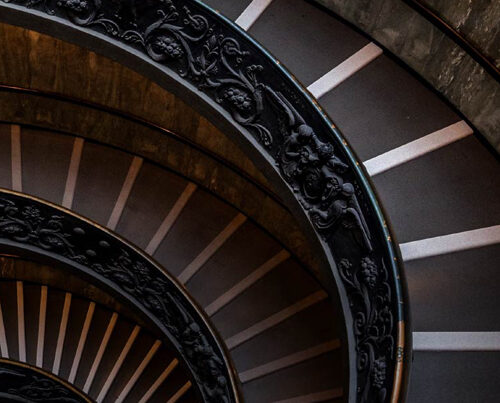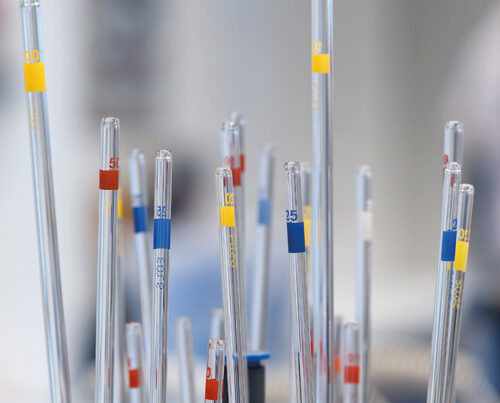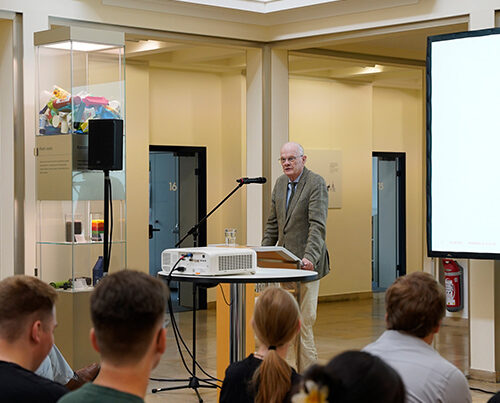Ernest Hemingway once said that the strangest thing about the present is that it will one day be called the ‘good old days’. This is just as true today as it was back then. In fact, it is true for all times and all ages. Unfortunately, there have always been environmental problems – centuries ago, the indigenous Easter Islanders almost made their home Rapa Nui uninhabitable because of excessive deforestation. Pandemics have been a well-known phenomenon since historical records began. The first pandemic, which someone took the time to sit down and record for future generations, was the Plague of Athens that ripped through the city between 430 and 426 B.C. during the Peloponnesian War. Talking about the Peloponnesian War … when it comes to living together peacefully, humans don’t seem to have learned a great deal since then.
No matter what point in history it may have been, the news at the time was never going to have to pay entertainment tax. Is this a reason for being pessimistic? We don’t think so. The truth is that a closer look reveals that things have got better for humans over the centuries in practically all socially relevant topics. Nowadays, we our easing our way towards a better future with our high tech and computers that, with their artificial intelligence, can solve problems in no time at all – problems that we humans normally don’t pick up until the horse has already bolted. There are, therefore, some good reasons for optimistic realism.
“The strangest thing about the present is that it will one day be called the ‘good old days’.“
Ernest Hemingway

Over the next few pages, we take you on a short trip into the future into the second half of our century. We have switched on our time machine and taken a look at what our world will be like in 30 years’ time, 50 years’ time and beyond. The bad news first: we won’t be able to travel at warp speed nor will we be able to be beamed from one place to another in the 22nd Century either as only Hollywood can ignore the laws of physics.
The good news, though, is that everything you read about here is based on actual developments and the latest research ideas. So please fasten your seat belts and put your seats into an upright position. All it takes to leap into the future is to turn over the page. Have fun!
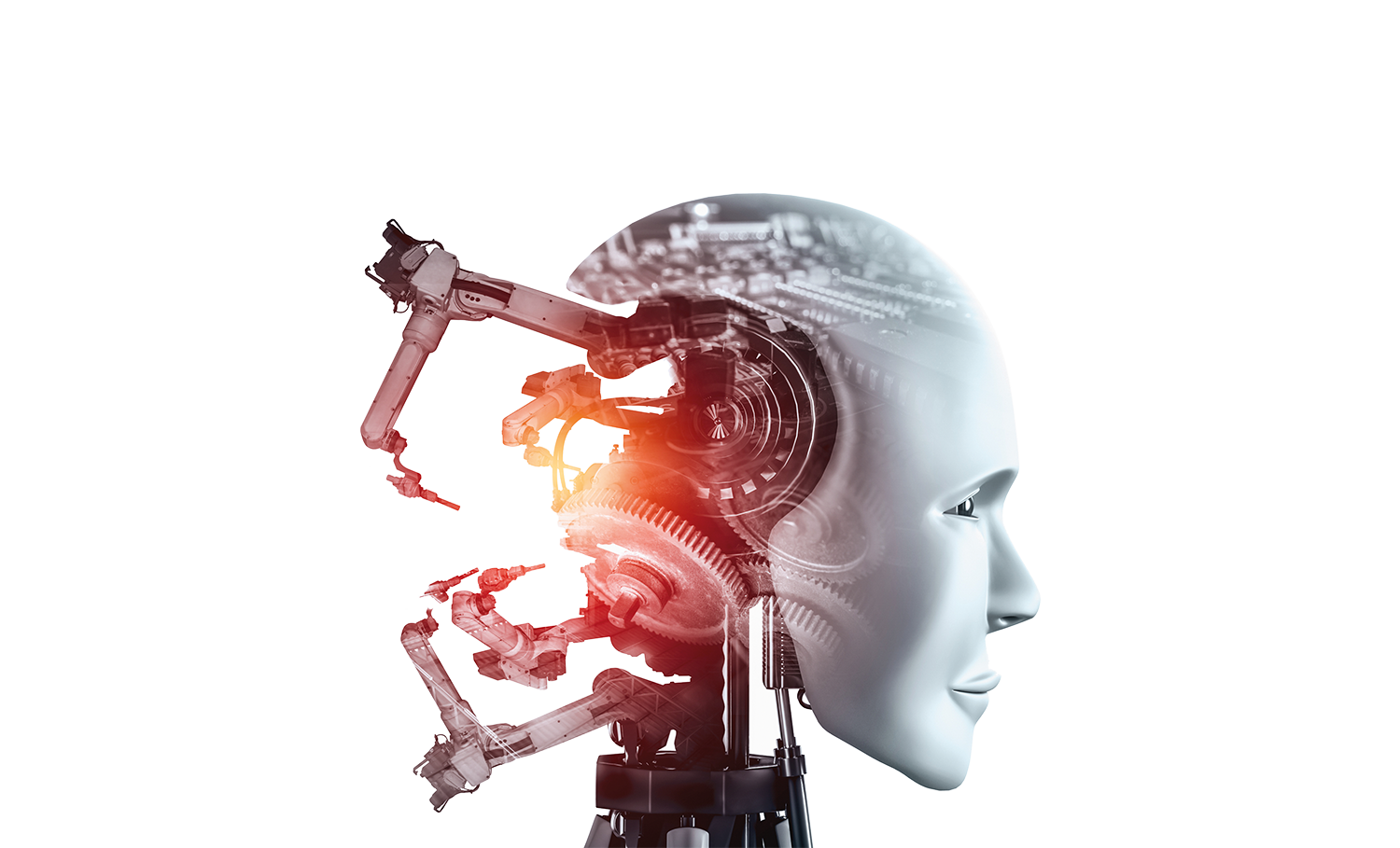
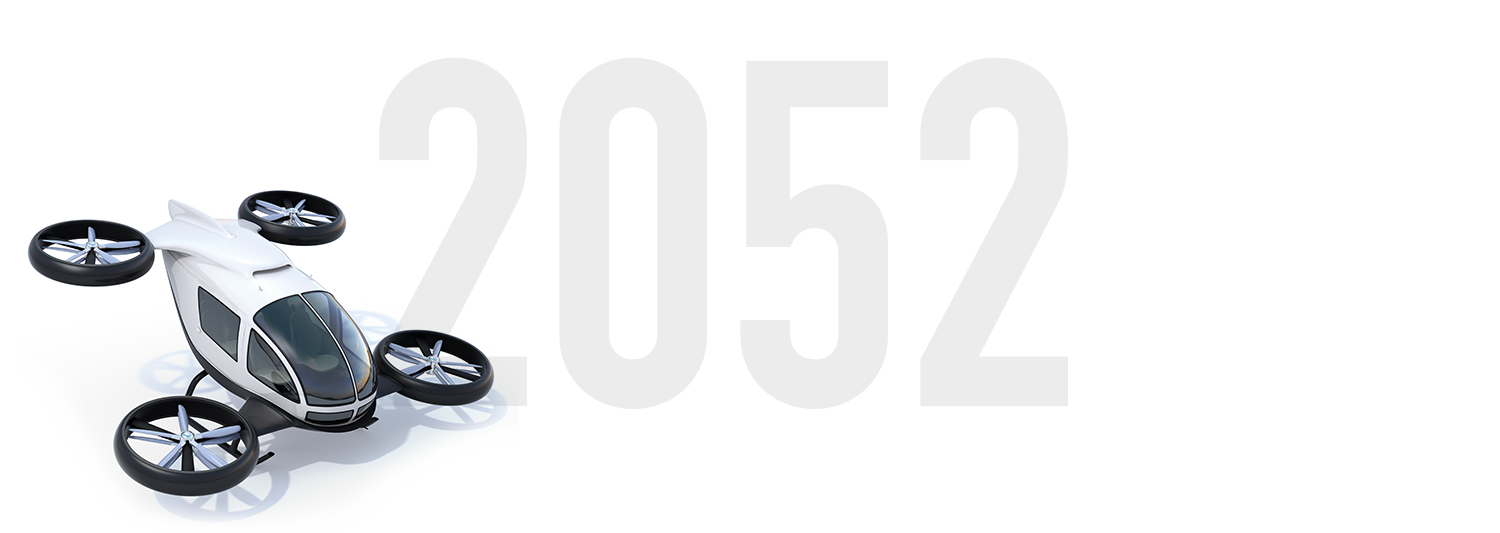
The world’s last ever vehicle with an internal combustion engine – a still functional Mercedes T model built in 1984 and used by Taxi Zielowski in the north of the Ruhr region – is ceremoniously withdrawn from service as there are no more petrol stations left where it can fill up its tank. Thanks to further developments made to the glass battery invented by Nobel Prize winner John Goodenough, the batteries installed in all sizes of cars and commercial vehicles can now be recharged within a few seconds. Their range exceeded the 1,000km mark back in the 2030s. In the world’s more remote regions, where a comprehensive supply of renewable electricity is not yet available, buses, trains and other forms of transport are run on hydrogen. For the most part, this fuel is being supplied by the former OPEC states, which moved into this business after the world completely gave up using oil.
Back in the 2020s, Transdev began retrofitting its public transport and regional vehicles on a grand scale so that it could deliver a zero emission service. Its pioneering position back then is now paying off with the company now transporting humans around the world without a single gram of CO2 being emitted.
REMONDIS and Rhenus have been deploying clean fuels across the whole of their logistics business to transport recycled raw materials and other goods for three decades now.
Drones are even being used in large cities in 2052 to collect recyclables – a fully automatic, fully electric and, for the most part, completely quiet service.

The people working in Buchen’s control centre for automated industrial cleaning services are celebrating the launch of their new generation of jet washers. With the help of Robbie Clean, an android with exceptional cognitive abilities (but with a humour that takes getting used to), the employees can now steer the free flying jet cleaners to clean the furthest corners of industrial plants no matter how hard they are to reach.
It goes without saying that the operatives have not needed to climb into the tanks wearing full PPE and hazmat suits for a long while now. Buchen began deploying its automated BTS jet washer and their robot colleague as an android for the rough work all the way back in 2022.
In the meantime, XERVON’s colleagues are taking it easy with a cup of fair trade coffee. For a long while now, their condition monitoring system – first successfully established in the 2020s – has made it possible to permanently monitor a system’s condition using fully automated sensor systems. The time-consuming task of having to dismantle machines and check their condition by hand is a thing of the past. The highlight here are the digital twins that are available for every facility. It is simply a statement of fact that work can be carried out more efficiently and more cleanly in cyberspace.
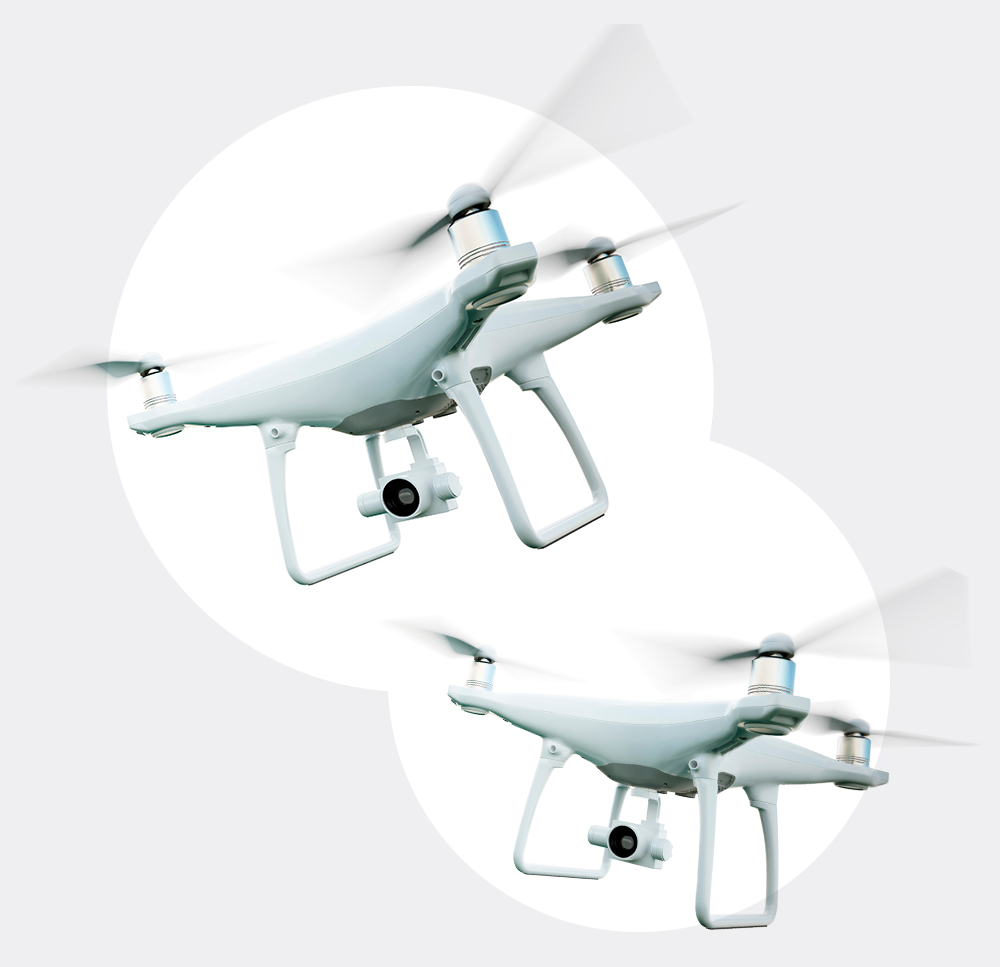

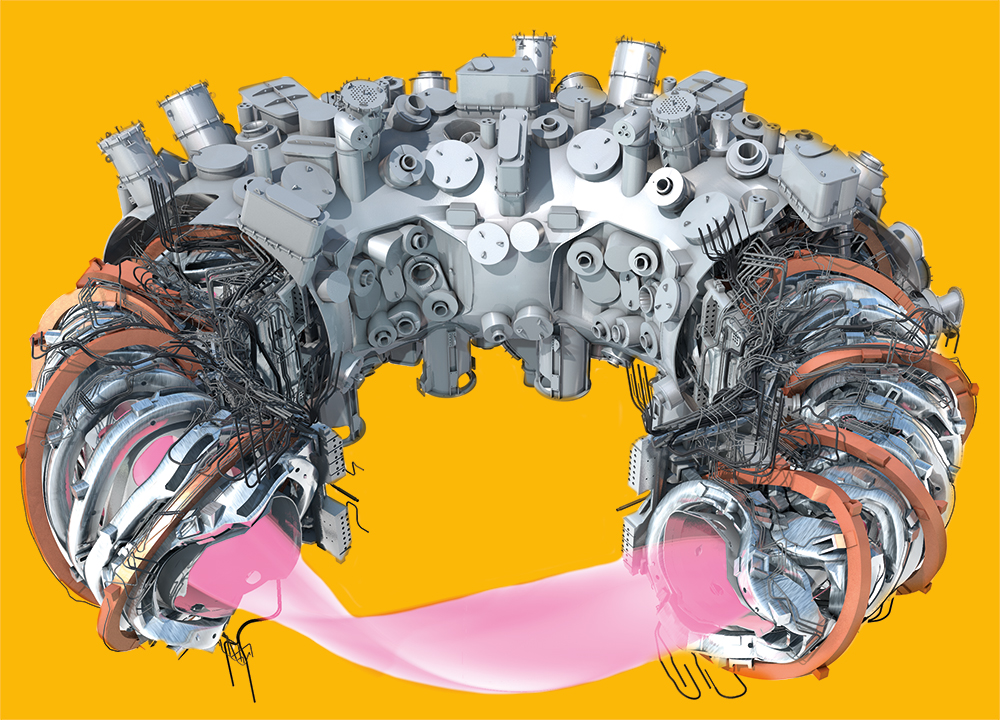
Image: Max Planck Institute for Plasmaphysics (IPP)
After the global expansion of renewable energy production was stretched to its limits due to a lack of available space and supplies of raw materials, mankind’s dream finally comes true in the 2060s. The first electricity produced by a fusion reactor is fed into the grid. The principle of nuclear fusion has been around since 1917 and the first pilot reactor was even built and tested in 1983 by the Joint European Torus (JET) in Culham (UK). For many decades, though, the joke so often told by fusion physicists rang true: “Fusion power is just 30 years away and it always will be.”
But now it’s finally here. The race between the German “Stellarator” Wendelstein 7x and the French “Tokamak” ITER ended in a draw. Both have proven that the process that powers the sun – nuclear fusion – can be reproduced on Earth without having a negative impact on the environment. All that is needed to generate this energy is hydrogen. And as we have infinite supplies of this substance in the form of seawater, the problem of providing humans with a sustainable supply of clean energy has finally been solved. One of the consequences of this success is that REMONDIS has a lot of work to do. All around the world, old wind farms and solar farms are being dismantled as they are no longer needed. All of the raw materials are being recovered so that they can be reused to make new high-tech products.
10 years’ later, there is not a single fossil fuel power station left in the world. Just the one or other campfire where sausages made of artificial stem cell meat are being barbequed next to the happy cows grazing in the open air and the pigs having fun rolling in the clean mud.
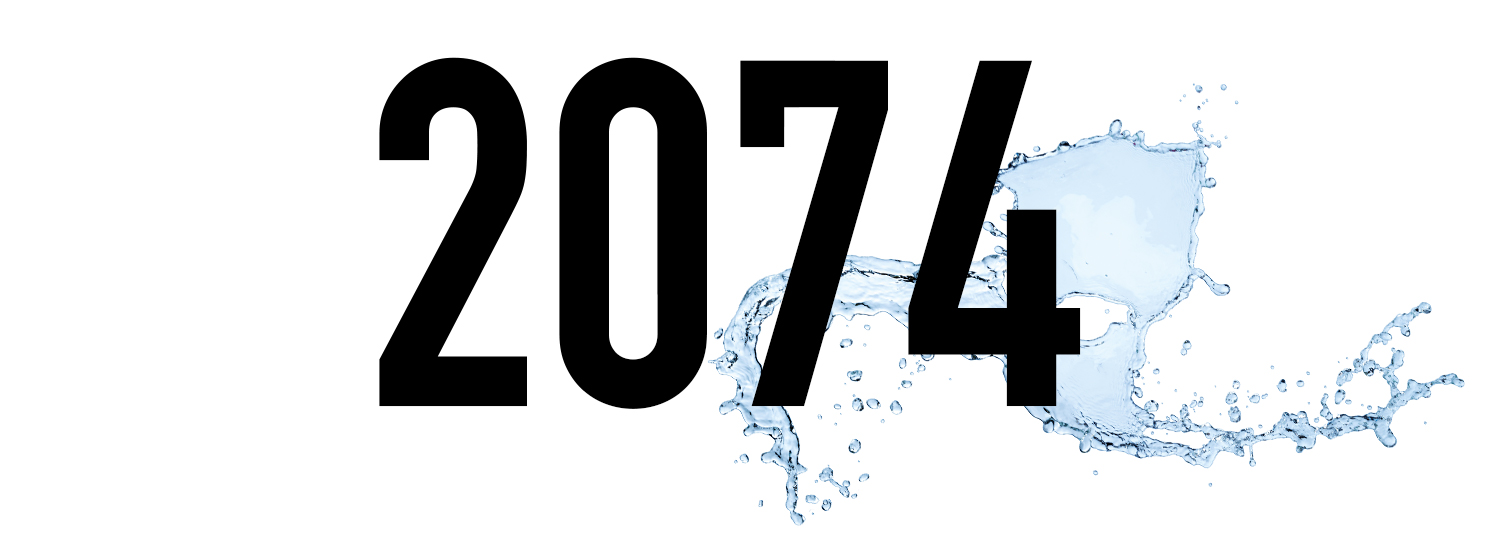
The last material life cycle has been closed. From now on, everything that humans produce is made exclusively of recycled raw materials or is fully recyclable. It was a long trek from the first calls for a comprehensive Ecodesign Directive – that also took raw material efficiency into account – to the very first “No Waste Day”. REMONDIS had begun calling for the introduction of a recycling label that lets consumers see how sustainably products were made and how well they could be recycled all the way back in 2018. As soon as this label was launched around the world, an ever greater number of products that were bad for the environment disappeared from the market. Climate neutrality and resource conservation became the most important sales criteria across the globe.
In the olden days, we had what was called “rubbish”, something that used to be “disposed of” – a word that has now disappeared from our vocabulary. We then had “waste” which was processed using complex sorting and separating systems so that the raw materials could be recovered and recycled. And now finally we have pure recyclable materials that are collected by REMONDIS and immediately passed on to their industrial customers as high purity materials. A perfect loop. At the same time that waste becomes a thing of the past, humans are making progress cleaning the planet’s seas and oceans. Fully automated systems, developed and controlled by artificial intelligence, are cleaning up our oceans freeing them of the waste inherited from the world’s industrial past. Once again, we can enjoy lying on clean beaches and jumping into clean water – whether it be in Bangladesh or Borkum.
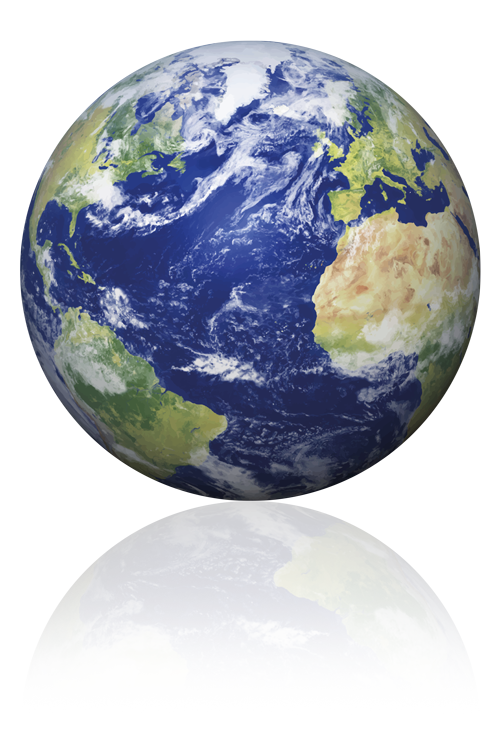
“The last material life cycle has been closed. From now on, everything that humans produce is made exclusively of recycled raw materials or is fully recyclable.“
A well-known pioneer of e-mobility and private spaceflights – who succeeded in being the first human to have a full body transplant in 2062 to transition from Homo sapiens to Homo technicus – has, as president of the first Mars colony, awarded REMONDIS Space Corp. with a general contract to deliver planetary circular economy services.
Over the coming months, REMONDIS will set up its first branch on Mars to be able to fulfil its new tasks. This location will produce high quality materials by recycling all technical and organic leftovers generated by the Mars colonists. As a result, Musk City, the capital of Mars, will be almost completely independent as its need for supplies of raw materials from Earth will have been reduced to practically zero. In the future, it will actively contribute towards terraforming, i.e. changing Mars’s atmosphere into a habitable state without the need for technological aids.
Commenting on his decision, the President gave the following statement: “We need a 100% circular economy here on Mars like the one on Earth so that we can achieve our sustainability goals for our Red Planet. Which is why we have opted to work with REMONDIS. They can do this! We know that there is plenty of space here still to throw our scrap into some canyon or other but landfilling was recently prohibited here on Mars as well.”
Just as it has been on Earth since 2050.
As to whether our predictions – written with a twinkle in our eyes – will come true? Well, we have no idea of course. Being one of the lead-ing recycling businesses, we are committed to achieving the goals set – whether they have to do with curbing climate change or conserving natural resources. Together with our approx. 40,000 employees, we will be doing everything in our power to make the future of our blue planet sustainable and better.
Working for the Future!
Image credits: image 1: Adobe Stock: jim; image 2: Adobe Stock: Noradoa; image 3: Adobe Stock: Blue Planet Studio; image 4: Adobe Stock: chesky; image 5: Adobe Stock: SFIO CRACHO; image 6: Max-Planck-Instituts für Plasmaphysik (IPP); image 7: Adobe Stock: stockphoto-graf; image 8: Adobe Stock: leberus; image 9: Adobe Stock: 3dsculptor







